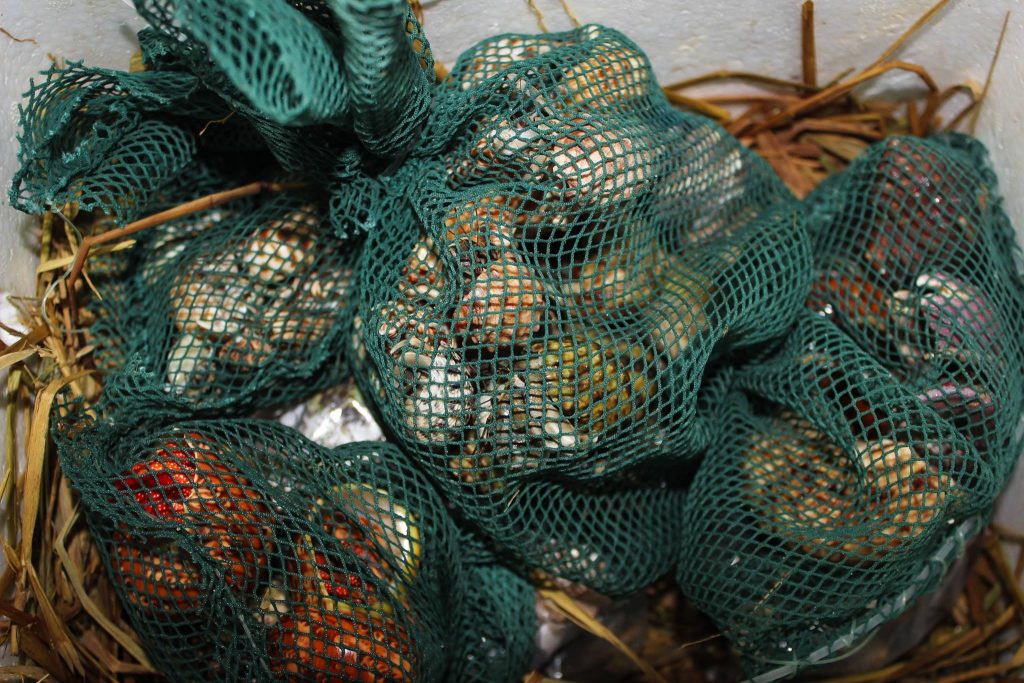Introduction
Every year, on October 29th, we come together to celebrate National Hermit Crab Day. It’s a day not only to appreciate these fascinating creatures but also to raise awareness about the threats facing wild hermit crabs and the importance of their conservation. Hermit crabs are unique and often misunderstood animals that play a vital role in maintaining the health of coastal ecosystems. As we mark this special day, let’s take a closer look at the challenges these remarkable creatures face and what we can do to protect them.

The World of Hermit Crabs
Hermit crabs are fascinating creatures, known for their peculiar habit of using discarded seashells as protective homes. These tiny crustaceans are found in a variety of terrestrial habitats, from sandy beaches to coastal forests and even the shores of a desert.

The Threats They Face
While hermit crabs may seem resilient, they are not immune to the environmental challenges that humans have imposed on their natural habitats. Here are some of the major threats facing these unique creatures:
- Habitat Destruction: Coastal development, including the construction of resorts and beachfront properties, often results in the destruction of hermit crab habitats. The removal of mangroves, coral reefs, and other natural structures can have a devastating impact on hermit crab populations.
- Pollution: Pollution from land-based activities, such as runoff from agricultural fields, industrial discharges, and plastic waste, can contaminate the waters where hermit crabs live. This pollution affects the quality of their environment, which can result in harm to these creatures and the ecosystems they inhabit.
- Overcollection: Hermit crabs are often collected for the pet trade. This can have a significant impact on wild populations, particularly in areas where they are already at risk. Overcollection disrupts natural ecosystems and can lead to declining numbers of hermit crabs.
- Climate Change: Rising sea temperatures and ocean acidification caused by climate change can disrupt the delicate balance of marine ecosystems. This has a cascading effect on hermit crabs and the availability of suitable shells for them to inhabit.
- Invasive Species: The introduction of invasive species, such as predators that feed on hermit crabs, can decimate local populations and disrupt the balance of ecosystems.

How You Can Help
- Responsible Tourism: If you visit coastal areas where hermit crabs live, be a responsible tourist. Avoid disrupting their habitats and educate others about the importance of preserving these natural spaces. Remember: take only memories. Do not remove shells from the beach. Return collected seashells to the beach via one of the hermit crab re-shelling projects.
- Reduce Plastic Pollution: Dispose of your trash properly and reduce your use of single-use plastics. These items often end up in the ocean, harming marine life, including land hermit crabs and marine hermit crabs.
- Support Conservation Efforts: Many organizations are dedicated to the protection of marine life, including hermit crabs. Consider donating to or volunteering with these organizations to help conserve their habitats and populations.
- Be Mindful of Overcollecting: If you want to keep hermit crabs as pets, always choose captive-bred individuals or consider adopting a wild caught hermit crab that is already been part of the pet trade. Encourage others to do the same and avoid supporting the wild pet trade.
- Advocate for Climate Action: Support policies and actions that aim to mitigate the effects of climate change. By addressing this global issue, we can help protect land hermit crabs and the entire marine ecosystem.

Conclusion
Hermit crabs are unique and essential members of our coastal ecosystems, playing a crucial role in maintaining balance and health in these environments. As we celebrate National Hermit Crab Day, let us also reflect on the challenges they face and the responsibility we share in preserving their habitats and populations. By raising awareness and taking action, we can ensure that these remarkable creatures continue to thrive for generations to come.


